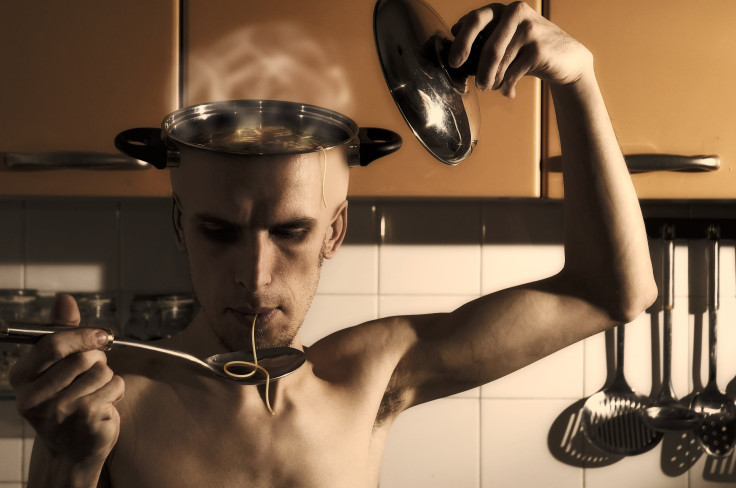Weight Loss And Food Satiety: Type 2 Diabetes Medication Changes The Way Patients' Brains Respond To Food

While treating type 2 diabetes with a gut-hormone medication, scientists stumbled upon a unique side effect that changes the way the brain sees food. In order to figure out why, researchers from the Diabetes Center at VU University Medical Center in Amsterdam studied the medication and presented their findings at the American Diabetes Association’s 75th Scientific Sessions held in Boston, Mass., this year.
"When you eat, there are several hormones released," the study’s coauthor Dr. Liselotte van Bloemendaal, a Ph.D. student at the Diabetes Center, said in a press release. "GLP-1 is one of them. These hormones relay information to the central nervous system about nutritional status to regulate appetite."
Researchers used a functional magnetic resonance imaging machine (fMRI) to measure the reward centers of obese people’s brains by detecting changes of blood flow. Obese patients with type 2 diabetes and a second group of obese patients without type 2 diabetes were told they were going to drink chocolate milk in order to incite anticipatory response in their brains. Half of each group was given a shot of GLP-1 (glucagon-like peptide-1) receptors and the other half was given a placebo in order to measure how the diabetes medication changed the way they anticipated chocolate milk.
In the past, researchers found obese people’s brains have a greater response to pictures of foods than normal, lean people do. Obese people’s brains also have a reduced reward response when they consume food, which oftentimes leads to overeating. They aren’t as satisfied when they receive a normal, sufficient amount of food, while normal-weight people have a higher reward response because they are able to achieve satiety. GLP-1 receptor was able to reduce cravings and overeating by targeting the anticipation and reward section of the brain.
GLP-1 receptors are a new class of drugs designed to treat type 2 diabetes. They work by mimicking the metabolic hormone incretin, which decreases blood glucose levels and causes insulin to release from the pancreas. If a person has type 2 diabetes, their body doesn’t use insulin the right way. Insulin helps process sugar into energy for the body, and if the body experiences resistance, it forces the pancreas to make extra insulin. Over time, it can’t produce enough to balance out blood-sugar levels and can lead to nerve, kidney, and heart damage, according to the American Diabetes Association.
Obesity is a key risk factor and one of the leading causes of type 2 diabetes, and accounts for roughly 90 percent of all diabetes cases. Today, 69 percent of adults in the United States are either overweight or obese, and 36 percent of those are obese, according to Harvard School of Public Health. The rates have been steadily climbing since 2003, and increase the risk of heart disease, high blood pressure, cholesterol, and high blood sugar.
“We found that GLP-1 receptor activation decreased anticipatory food reward, which may reduce cravings, and increased the feeling of food reward during consumption, which may reduce overeating," van Bloemendaal said. "Given the dramatic, global rise in the prevalence of obesity, further insights into the mechanisms by which these reward centers are activated are needed."
Source: van Bloemendaal L. American Diabetes Association’s 75th Scientific Sessions. 2015.



























